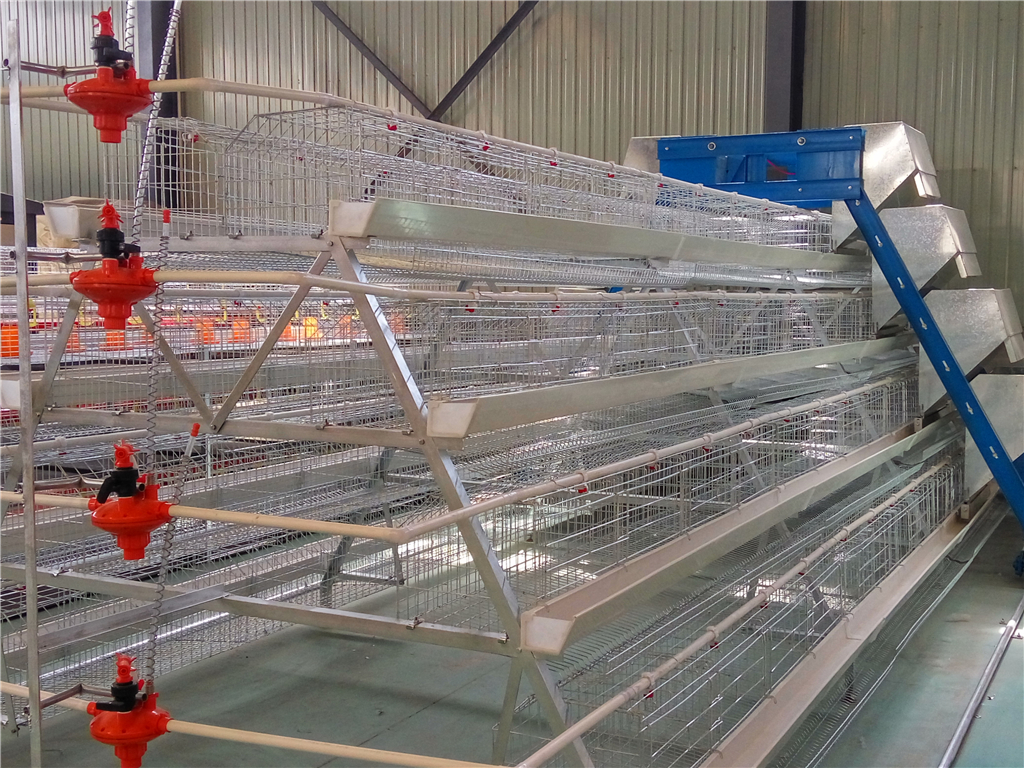Innovative Approaches to Cage-Free Poultry Farming and Sustainable Practices
Dec . 03, 2024 17:15 Back to list
Innovative Approaches to Cage-Free Poultry Farming and Sustainable Practices
Cage Poultry Farming An Overview and Its Implications
Cage poultry farming has been a prominent practice in the poultry industry for decades, primarily aimed at maximizing production efficiency and minimizing costs. This method involves housing birds, typically laying hens, in enclosures or cages, allowing for easier management, monitoring, and feeding. However, this practice has garnered substantial attention and criticism due to its implications for animal welfare, environmental impact, and food safety.
At its core, cage poultry farming is designed to meet the high demand for eggs and poultry meat in a cost-effective manner. By confining birds in cages, producers can optimize space and streamline feeding and health management. These systems often involve modern innovations, such as automated feeding and egg collection, which contribute to increased production rates. For instance, battery cages, a common form of cage housing, allow for the accommodation of a larger number of hens in a relatively small area, significantly boosting productivity.
Despite the efficiency offered by cage systems, numerous animal welfare concerns have been raised. Critics argue that confining birds to small cages restricts their natural behaviors, such as nesting, perching, and foraging. These restrictions can lead to stress, aggression, and various health problems among hens. Some studies have shown that hens in battery cages exhibit high levels of anxiety and a greater incidence of diseases compared to those kept in more spacious, free-range environments. This raises ethical questions about the treatment of these animals and the responsibilities of poultry producers to ensure their welfare.
cage poultry

As public awareness of these issues increases, there has been a noticeable shift in consumer preferences. Many people are now advocating for more humane treatment of farm animals, leading to a growing demand for cage-free eggs. This change is reflected in market trends, with several major retailers and food companies committing to phasing out cage systems in favor of more humane alternatives. Organizations like the Humane Society and various animal rights groups are actively promoting these changes, urging consumers to choose products that align with their values regarding animal welfare.
In addition to welfare concerns, cage poultry farming also raises questions about environmental sustainability
. Intensive poultry farming can contribute to pollution through waste, and the concentration of large numbers of birds in restricted areas can lead to issues such as ammonia emissions and nutrient runoff. Moreover, the reliance on concentrated feeds and antibiotics in cage systems can have adverse effects on both the environment and human health, contributing to antibiotic resistance and impacting biodiversity.Despite these challenges, cage poultry farming remains a significant aspect of the global food system. It continues to provide affordable protein sources for populations around the world. The key to balancing productivity with ethical considerations lies in innovation and regulation. Advancements in animal husbandry practices, coupled with stricter welfare standards, can help mitigate some of the negative impacts associated with cage systems.
In conclusion, cage poultry farming is a complex practice that plays a vital role in meeting global food demands. However, it also poses substantial challenges related to animal welfare and environmental sustainability. As consumer preferences evolve, and as awareness of these issues continues to grow, it is likely that the poultry industry will have to adapt. Embracing more humane and sustainable poultry farming practices will be essential not only for the well-being of the animals but also for the future of food production itself. Balancing efficiency with ethical considerations will be the pathway forward in creating a more responsible and sustainable poultry sector.
-
Automatic Feeding Line System-Pan Feeder Nipple Drinker|Anping County Yize Metal Products Co., Ltd.
NewsJul.29,2025
-
Hot Sale 24 & 18 Door Rabbit Cages - Premium Breeding Solutions
NewsJul.25,2025
-
Automatic Feeding Line System Pan Feeder Nipple Drinker - Anping County Yize Metal Products Co., Ltd.
NewsJul.21,2025
-
Automatic Feeding Line System Pan Feeder Nipple Drinker - Anping County Yize Metal Products Co., Ltd.
NewsJul.21,2025
-
Automatic Feeding Line System - Anping Yize | Precision & Nipple
NewsJul.21,2025
-
Automatic Feeding Line System - Anping Yize | Precision & Nipple
NewsJul.21,2025






